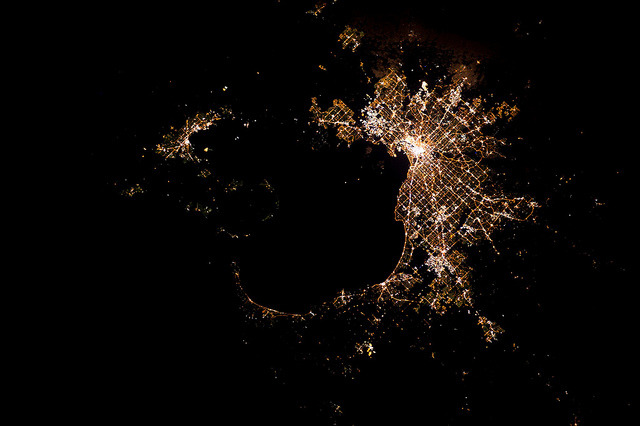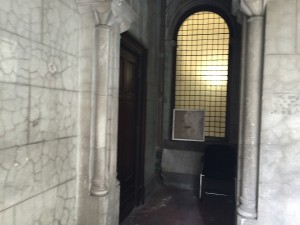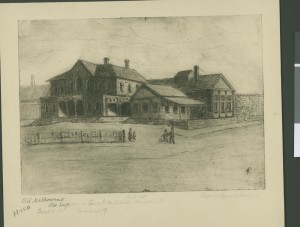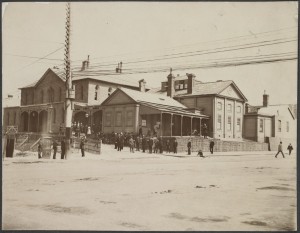To “augment a place” is to add on to something that has already been there before. To make something greater. My task for this brief was focused on RMIT’s Safezone App, a free application for RMIT students and staff that directly connects an individual to the Security team “when [they] need help on campus.”
My research surrounds the use of this particular GIS (geographic information system/s) to provide “links between crime and place” for more effective “discipline and survey” that, in turn, amplifies the overall theme of the research: the “fusion of mapping software with social media software” which provides not only information about a certain place, but also the linking of data between people, places and things.
Here are some notes I had prior to the reporting:
- What am I researching?
- RMIT SafeZone App and how it adds to the place of RMIT.
- free app for all RMIT students and staff, that connects you directly to the Security team when you need help on campus.
- makes it easier for you to contact Security and helps them to respond if you need assistance, by sending your name and location directly to the response team members.
- SafeZone app (available on Apple, Android and Windows devices) and registering as a user, you will also receive any critical notifications from the University
- RMIT’s Security team monitors SafeZone 24 hours a day
The brief required me to interview a professional. I managed to contact Louise Phelan, the coordinator of crime prevention and investigation from RMIT’s security team. Below are some of the questions I asked her:
- Interview Questions:
- To “augment a place” is to add on to something that has already been there before. To make something greater. As a security team/security app, it is your job to somehow make the place look and feel “smaller” to provide faster and more efficient aid to those who need it. How has the Safezone app helped in making the place feel “smaller” and thus, provide greater and faster aid? Were there any specific features of the app that is of great value in making this happen?
- What were the reasons behind the development of the Safezone App?
- What particular processes went into making the Safezone App? What particular technical knowledge was needed for this app as a location-based service?
- How does the Safezone App help the security team with connecting to different staffs and students? Have there been particular issues that were avoided because of this app?
- Have you received any feedback concerning the app and its usage? How has it helped the staff and students to a degree as they manoeuvred around a vast a campus as RMIT, specifically the city campus?
What I found fascinating in this research is how location-based services in the form of “Apps” have helped in defining the notion of place and space through the use of powerful wireless systems that sends out information on geographical positioning. Prior to this research, I had only thought of location-based services as somewhat of a nuance in my access of social media, especially since I am not a fan of sending out my location information to the general public.
In saying that though, this year, I’ve been required to navigate my way through the busy CBD streets for assessments and volunteer works of which I desperately needed to use these location-bases services, particularly GPS and mapping systems. Though I have not used the RMIT Safezone app (thank goodness), it is an assurance in itself that there is this application available for students and teachers in the community of RMIT incase there is a need for it.
I have concluded not to be so biased against GPS services just because I would not like to be tracked and be held against my own will because there is proof!
But thanks, RMIT!
p.s. I am where I say I am and not where I say I am not.





















